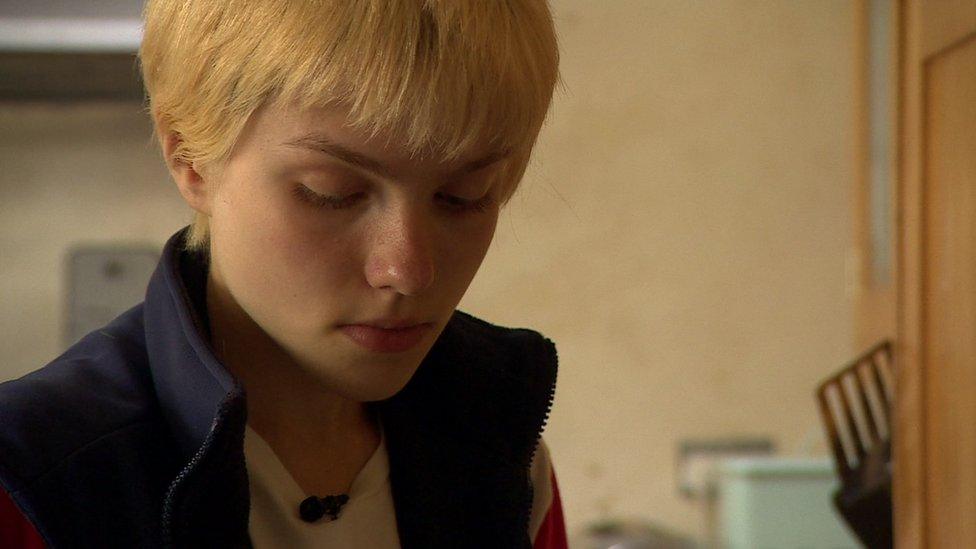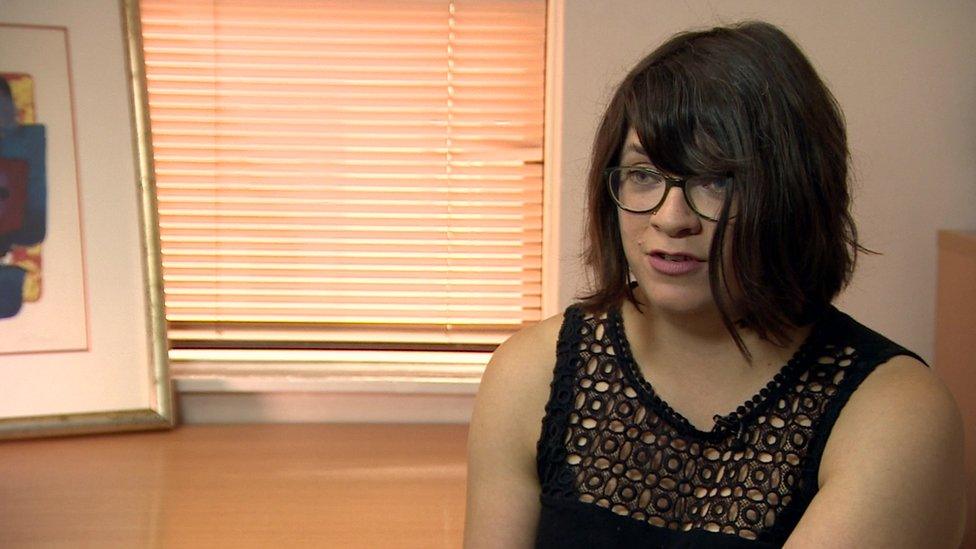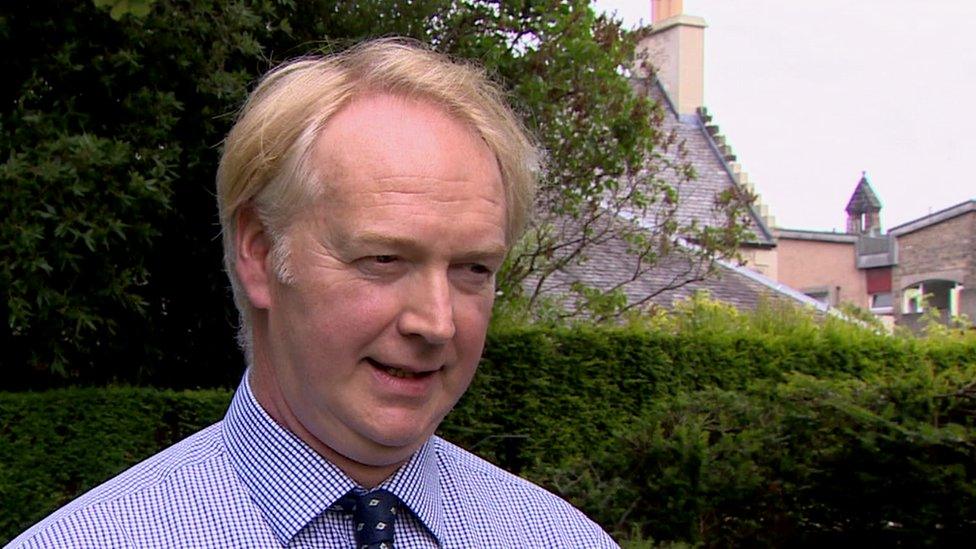Autism in women 'significantly under-diagnosed'
- Published

The National Autistic Society is calling for changes and improvements in the diagnosis of girls and women with the condition.
When Hans Asperger first defined autistic psychopathy in 1944, he was talking about boys. He thought no women or girls were affected by the condition.
This is his definition: "A lack of empathy, little ability to form friendships, one-sided conversations, intense absorption in a special interest, and clumsy movements."
Asperger later revised his thinking, but the tradition has stuck. Autism remains a condition predominantly associated with boys and men.
Statistical studies over the years have proved inconclusive.
A 1993 research paper in Sweden found a boy-to-girl ratio of four-to-one.
Others put the ratio at 16-to-one.
A more recent study, by the National Autistic Society, external in 2015, suggests it may be three-to-one.
But there is growing evidence that more girls and women have the condition than was originally thought and that it is being significantly under-diagnosed.
We met Millie at home in Norfolk.
She wears a weighted jacket - it helps to calm her mood, she stands to do everything, she finds it hard to socialise, to make eye contact, to form relationships.
"I find it really difficult to make friends, because I find people really, really difficult," she says.
"I find it hard to understand people a lot in the way that they feel or what they mean, and this leads me to feel embarrassed, and I feel like I should get out of everyone's way just for convenience."
Millie, 14, was diagnosed with Asperger's syndrome two years ago.
It came as a relief.
"It made my life easier because then I could say, 'This is the way I am.'
"I know that sometimes I can be a bit of a problem, but I'm not intending to do it.
"It's just the way my brain works."

Emily, 29, says that being diagnosed with autism last year was "an instant turning point"
Why are fewer girls and women diagnosed with the condition?
Experts believe it may be because girls are better at masking the symptoms - better at copying social norms while not necessarily understanding them.
Emily, 29, works at the National Autistic Society.
"When you meet me, I don't come across necessarily on first glance as being autistic," she says.
"I will come into work perfectly, get through the day perfectly, and then I'll go home to a quiet dark room.
"I'll be non-verbal, so I won't be able to speak, won't be able to communicate and will take about four hours to reset."
The anxiety of coping with day-to-day life led to a series of what Emily calls meltdowns and shutdowns.
She was misdiagnosed with a series of mental health problems - bipolar, borderline personality disorder - and given treatments she says made things worse.
Her diagnosis of autism last year changed everything.
"It was basically an instant turning point," she says.
"I'm a radically different person.
"I understand who I am and how my way of relating to the world might differ, so I can make that something that's successful."
There is another reason many girls and women may be missing from the statistics.
The diagnostic criteria for autism spectrum disorders has largely been based on the behavioural characteristics of boys and men.
Charities are now campaigning for changes, to recognise the more nuanced way girls and women may present with the condition.

Consultant psychiatrist Iain McClure says many women and girls are developing mental health problems because their autism is not being spotted
That is what has just happened in Scotland.
The Scottish Intercollegiate Guidelines Network, which produces clinical practice guidelines for the NHS in Scotland, published new guidance in July.
Consultant psychiatrist Iain McClure, who helped draw up the guidelines, says there is growing evidence showing differences in how males and females with autism present.
"A teenage girl with autism might for example be integrated into a peer group, and often they're talking about how they're pretending to be normal," he says.
"They're trying to fit in with the group and they are following the same sort of interest that the peer group have got but perhaps in a more bizarre or unusual way.
"So, when you actually get into the detail, you start to see how this problem is more camouflaged but still subtly present."
Iain McClure is convinced there are many women and girls who are developing mental health problems, anxiety, depression, eating disorders, because their actual condition is not being spotted.
"I keep seeing patients who have got autism, but we didn't know they had it," he says.
"What's happened is they've developed a kind of burnout.
"So, it's really important to try and recognise these difficulties as early as possible.
"Knowledge is power - if you understand a problem you can do something about it."
Back in Norfolk, Millie helps her father, Roger, in the garden.
There's no history of autism in the family, and Roger says they went through a series of emotions when the diagnosis was made - confusion, shock, denial and finally acceptance.
Wiping away tears, he tells me: "With that acceptance, you come to realise the really good points.
"Millie looks at the world in a completely different way and picks up on things that I can't.
"It's a shame that not enough people understand the condition. And my concern more than anything else is that when Millie's older, people are not going to see what I see."
Millie is now getting concentrated, targeted help and is doing well at school.
The call today from the National Autistic Society is for the diagnosis of girls and women to change and improve so many more can also get the help they need.
- Published30 August 2016

- Published29 August 2016

- Published28 April 2014
(1).jpg)